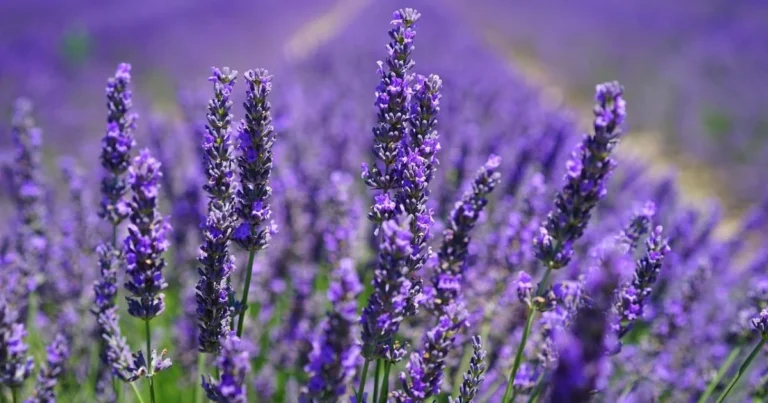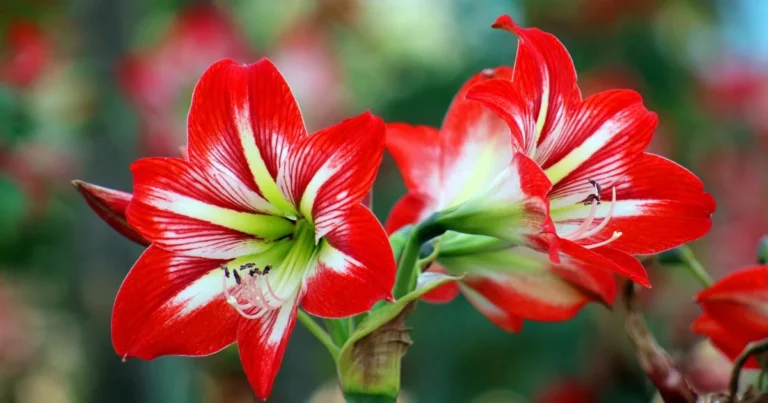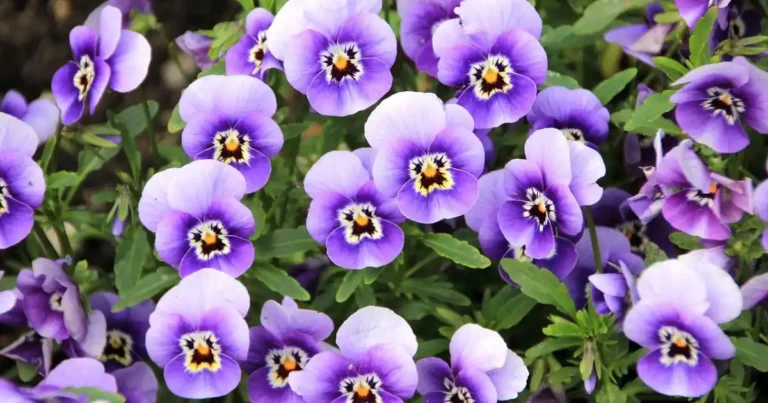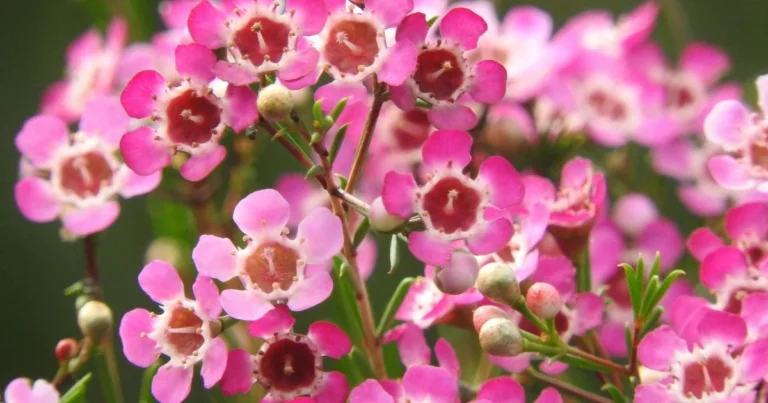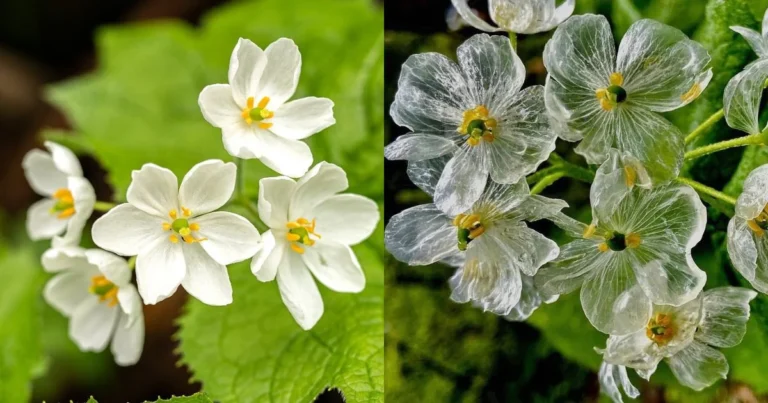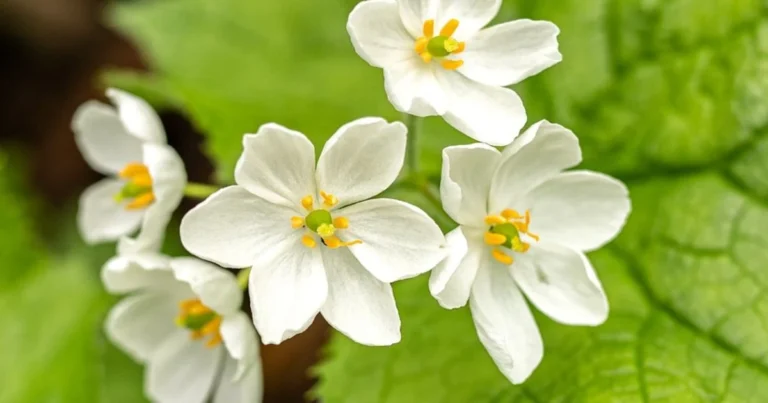Unlock the Magic of Night-Blooming Jasmine
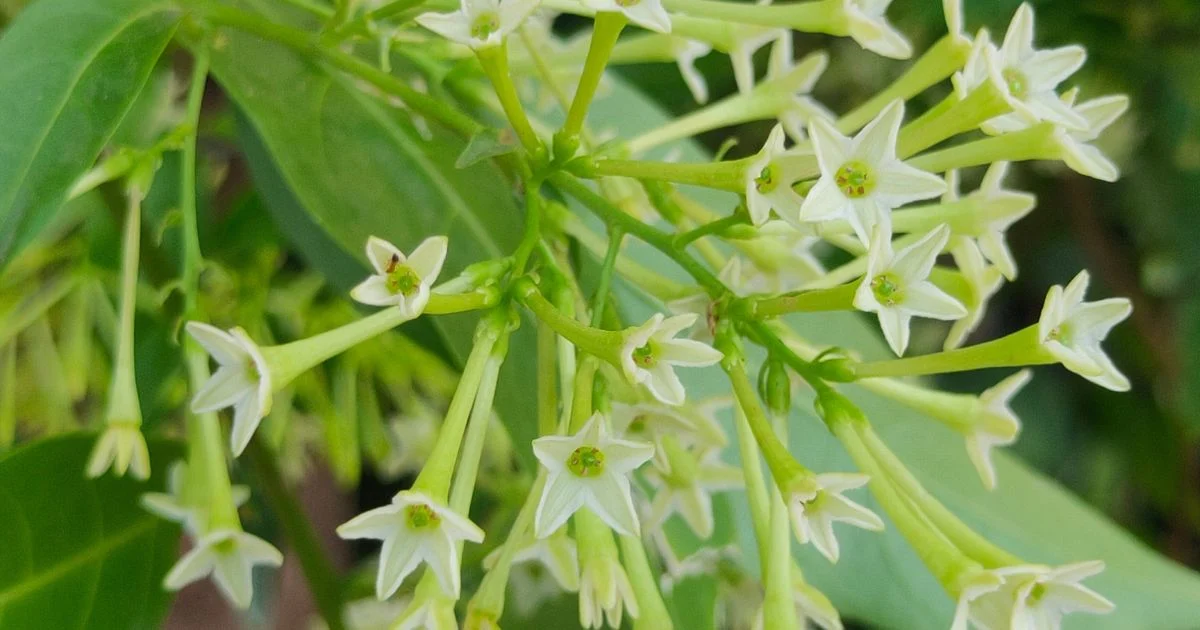
Have you ever wondered which plant fills the night air with a mysterious, intoxicating fragrance? Meet the night-blooming jasmine (Cestrum nocturnum), a fast-growing shrub from the Solanaceae family that isn’t a true jasmine but captivates nonetheless. Its tubular greenish-white or yellow flowers bloom exclusively at night, attracting pollinators while enchanting gardeners. Let’s delve into everything you need to know about this fascinating yet potentially invasive plant.
Table of Contents
Night-Blooming Jasmine Overview
| Attribute | Details |
| Common Names | “Night-blooming jasmine,” “Lady of the Night,” “Poisonberry” |
| Botanical Name | Cestrum nocturnum |
| Family | Solanaceae |
| Plant Type | Shrub, evergreen |
| Mature Size | 6-15 feet tall |
| Sun Exposure | Full sun, partial shade |
| Soil Type | Moist, well-drained |
| Soil pH | Acidic, neutral |
| Bloom Time | Spring, summer |
| Flower Color | Green, white, yellow/golden |
| Hardiness Zones | 8-11 (USA) |
| Native Area | South America, West Indies |
| Toxicity | Toxic to pets and people |
Characteristics and Growth
Night-blooming jasmine is beloved for its rapid growth and repeat blooming through summer. However, it can also spread aggressively in tropical regions, earning its reputation as invasive in places like Hawaii and Florida. Whether planted in borders, containers, or indoors, its lush foliage and enchanting flowers create a visually and aromatically pleasing atmosphere. But beware: all parts of this plant, especially its berries, are toxic to humans and animals.
How to Care for Night-Blooming Jasmine
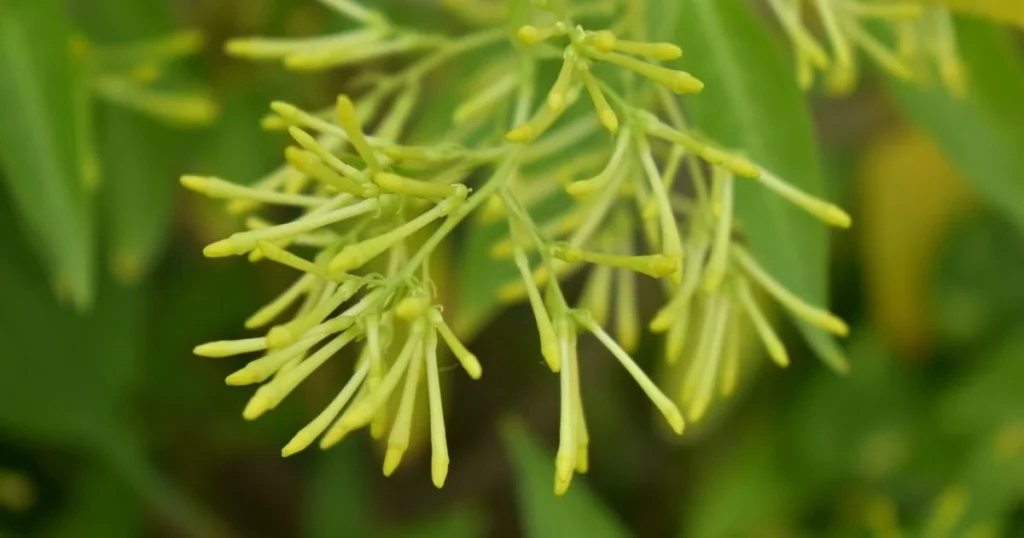
Spacing and Placement
Ensure proper spacing of at least four feet between plants. This helps accommodate their wide-spreading roots and prevents overcrowding, which could lead to poor growth.
Light Requirements
Night-blooming jasmine thrives in full sun, needing at least six hours of direct light daily. It can tolerate partial shade, though excessive shade may hinder blooming.
Soil Preferences
This shrub adapts well to any fertile, well-draining soil. To boost performance, choose soil that retains moisture without becoming waterlogged.
Watering Needs
Frequent watering is essential, particularly during the establishment phase. Reduce watering during winter, as the plant enters dormancy and requires less hydration.
Temperature and Humidity
Night-blooming jasmine loves warm, humid environments. Mature plants can withstand temperatures as low as 25°F, but new growth may succumb to cold below 35°F. In colder climates, grow the plant in a container that can be moved indoors during winter.
Fertilizer
Monthly fertilizer applications are recommended during the plant’s first year. For established plants, feed them annually in early spring to promote vigorous growth and blooming.
Pruning Night-Blooming Jasmine
Prune your plant annually in the fall after the flowering season. This promotes thick growth and helps control its invasive nature by preventing seeds from spreading via birds. Pruning also maintains the plant’s shape and health, ensuring vibrant blooms for the following season.
Propagating Night-Blooming Jasmine
From Cuttings
- Take cuttings in the fall.
- To start growing new plants from cuttings, place them in water until you see roots appear.
- Transplant the rooted cuttings into the soil during spring.
From Seeds
- Allow berries to ripen naturally on the plant.
- Harvest seeds and sow them on moist compost.
- Keep the soil consistently moist, and shoots should emerge within a month.
Note: In the wild, seeds can remain dormant for years, making propagation from seed less predictable than cuttings.
Common Pests and Diseases
Night-blooming jasmine is hardy and deer resistant, but it’s not immune to pests like aphids and caterpillars.
Managing Pests
- Aphids: Blast them off with water or apply insecticidal soap or neem oil.
- Caterpillars: Remove them manually to prevent leaf damage.
With regular monitoring, these pests can be kept in check, ensuring your plant remains healthy and vibrant.
Frequently Asked Questions
Is night blooming jasmine easy to care for?
Yes! Night-blooming jasmine thrives with proper watering, sunlight, and humidity. Its adaptability makes it an excellent choice for beginner and seasoned gardeners alike.
Can night blooming jasmine be grown indoors?
Absolutely. Place it in a sunny window, conservatory, or even a bright bathroom. However, note that its fragrance can be overpowering, especially in smaller spaces.
Is night blooming jasmine often confused with other species?
Yes, it’s often mistaken for other yellow-flowering Cestrum species like Cestrum parqui and Cestrum aurantiacum. Always check the botanical name (Cestrum nocturnum) to ensure accuracy.
Additional Tips and Resources
For more gardening inspiration and tips, explore our collection of related articles and sign up for our newsletter. Remember, gardening is as much about learning as it is about creating beauty.

